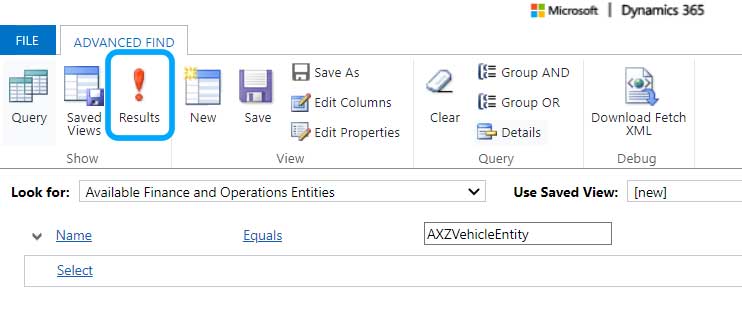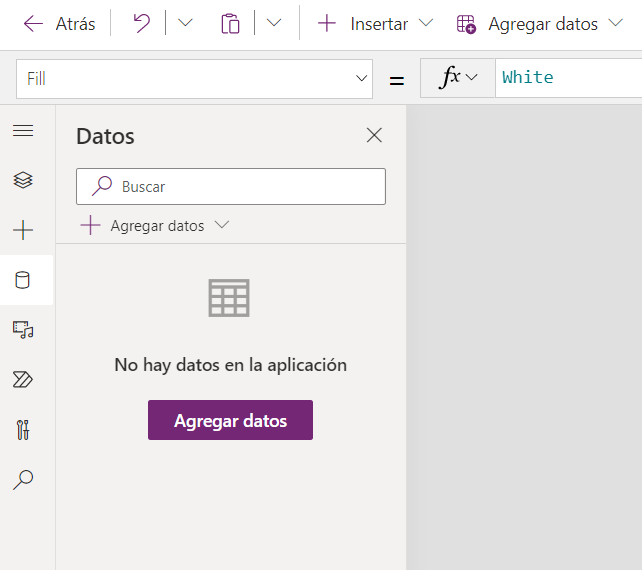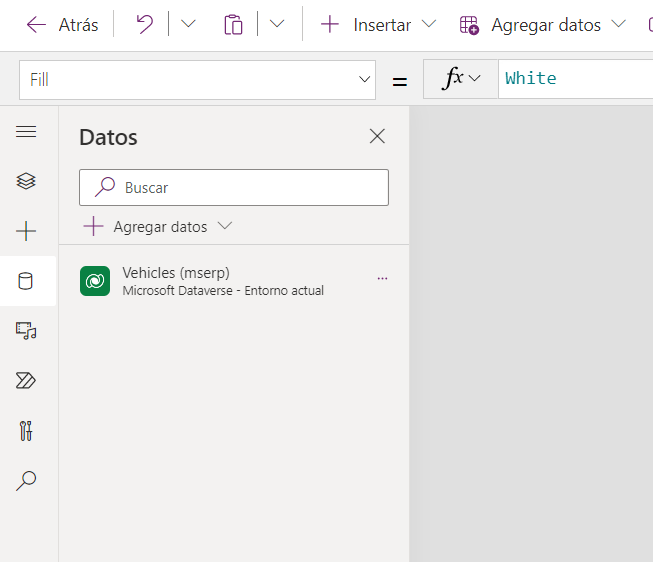There are three ways to access the information stored in Dynamics 365 Finance & Operations from within the Power Platform:
F&O connector
First, we have the F&O connector. The Power Platform is characterized, among other things, by its great connectivity with other platforms, as it has more than 275 different connectors and the possibility of creating custom connectors of its own or consuming from third parties. This allows the developer, after establishing the connection with the corresponding environment, to subscribe to events or perform F&O actions. Examples of connector usage would be subscribing to the sales invoice registration event to inform a responsible person or modifying a database record.
Important!
The Dataverse connector performs the same functions with the particularity that it is necessary to use it in conjunction with the Virtual Entities
Dual Write
On the other hand, it is also possible to synchronize Dataverse information with that stored in F&O through Dual Write. This tool allows synchronization in almost real time between both platforms. This can be bidirectional or unidirectional and the data to be transmitted is indicated by the field mapping configuration. This option is used in scenarios in which it is necessary to share information between ERP and Dynamics 365 CRM.
Virtual entities
And finally, Virtual Entities. They are a very powerful option for accessing F&O data from the Power Platform. These consist of public entities on the ERP side whose information is consumed through a web service that builds the corresponding query based on the call made from the Power Platform. Virtual entities are very useful when designing Power Apps since they are easily manipulated. The following is an example of a complete use of Virtual Entities in a Canvas application developed in the Power Platform.
Example of the use of Virtual Entities
Let’s imagine that we have a transport company, we have a fleet of vehicles, and we need, for business reasons, a mobile application to check the availability of vehicles. We have a Dataverse environment linked to our ERP.
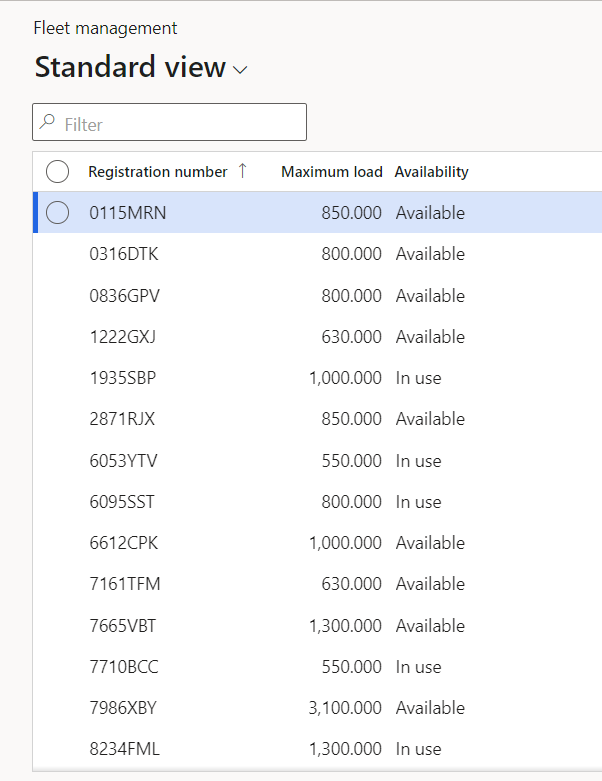
The first step to be able to access the information stored in F&O is to build a public entity.
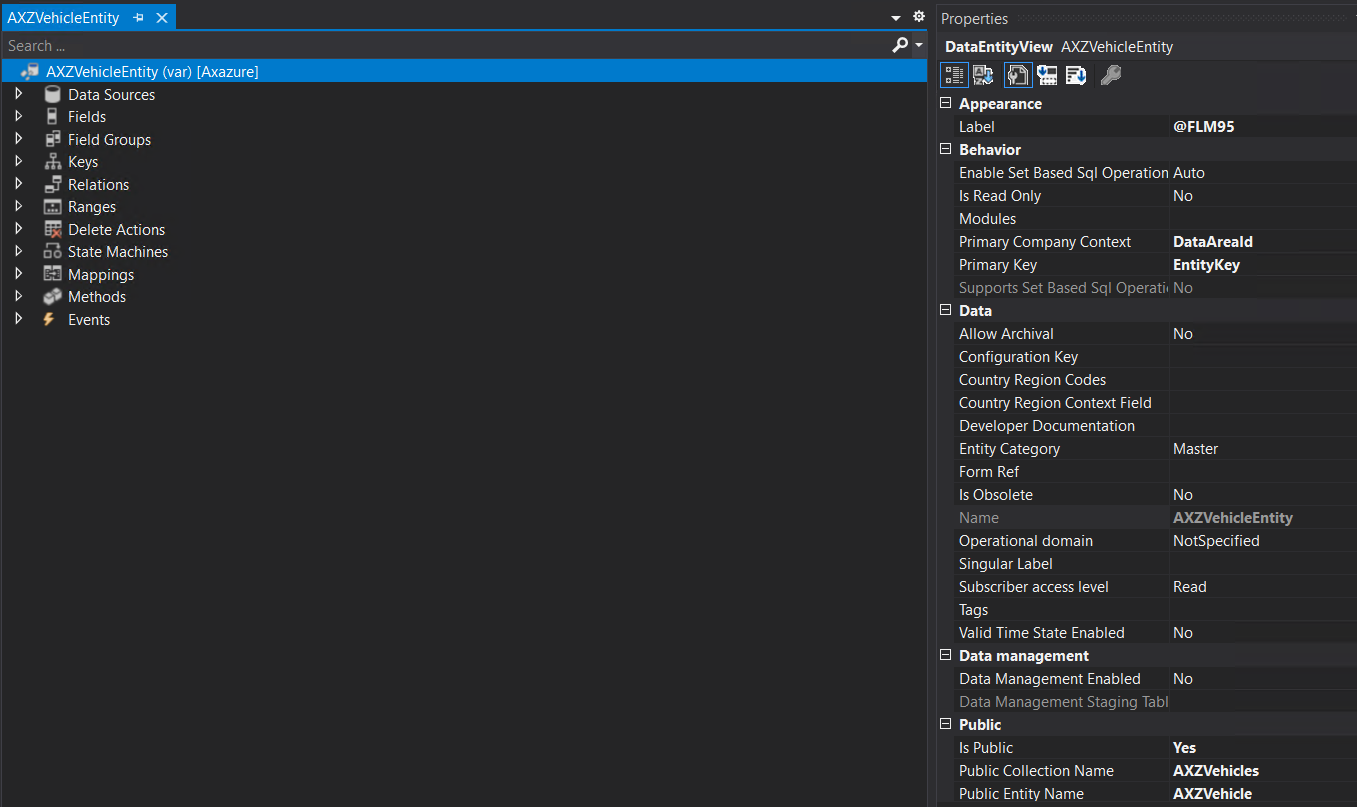
After that, from the advanced configuration panel, it is necessary to make visible the virtual entities to be consumed.

The list of virtual entities can be accessed through the funnel of the advanced configuration panel.
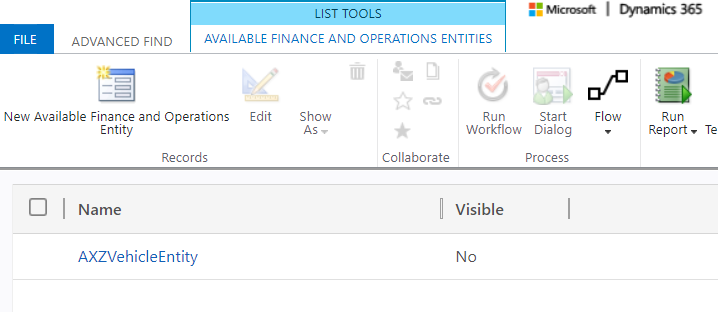
Among them, there is the visibility property that must be checked in order to be able to consume your information from the Power Platform.
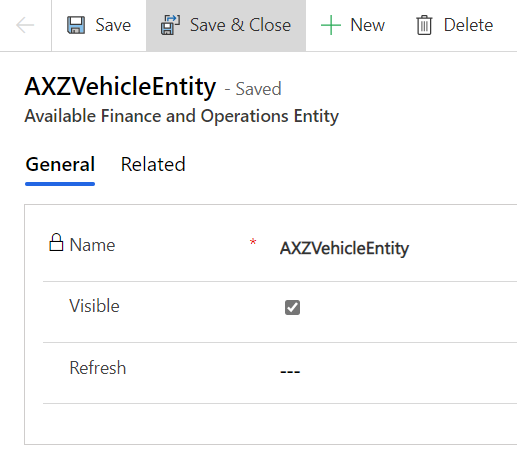
Important!
Whenever changes are made to an F&O entity it is necessary to update the virtual entity from the advanced configuration portal.
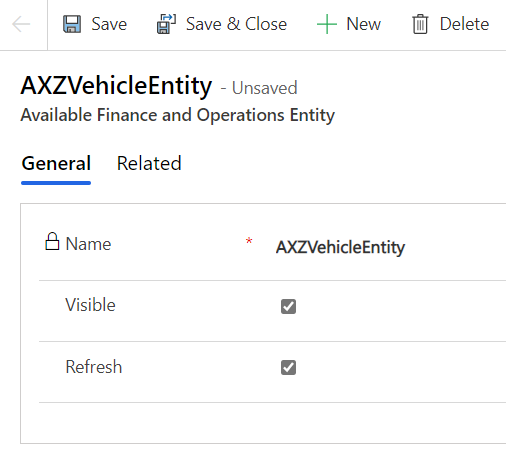
Once the entity is visible, the next step is to include it in the solution we are working on. To do this, within the solution you are working on, click on add existing and select the corresponding table.
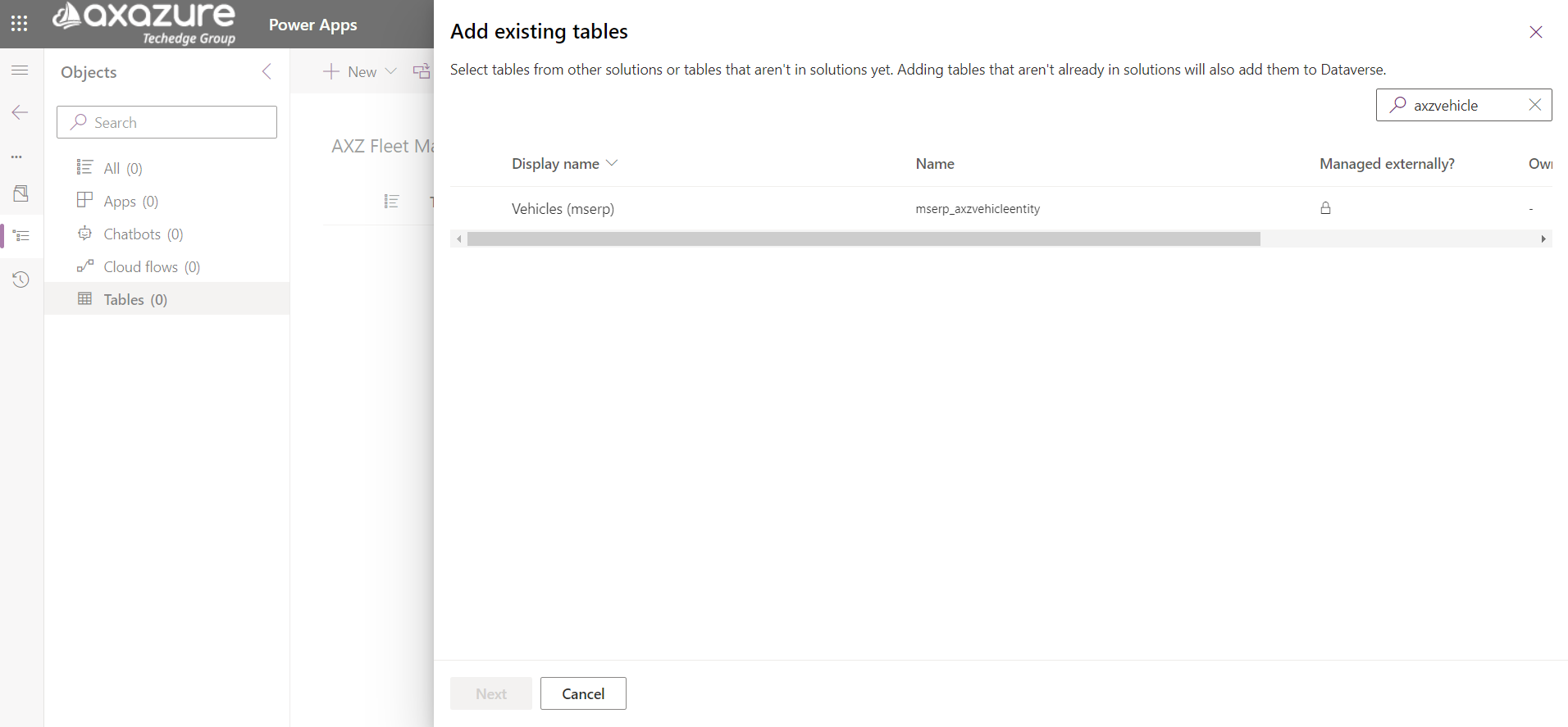
All objects are selected and added to the solution.
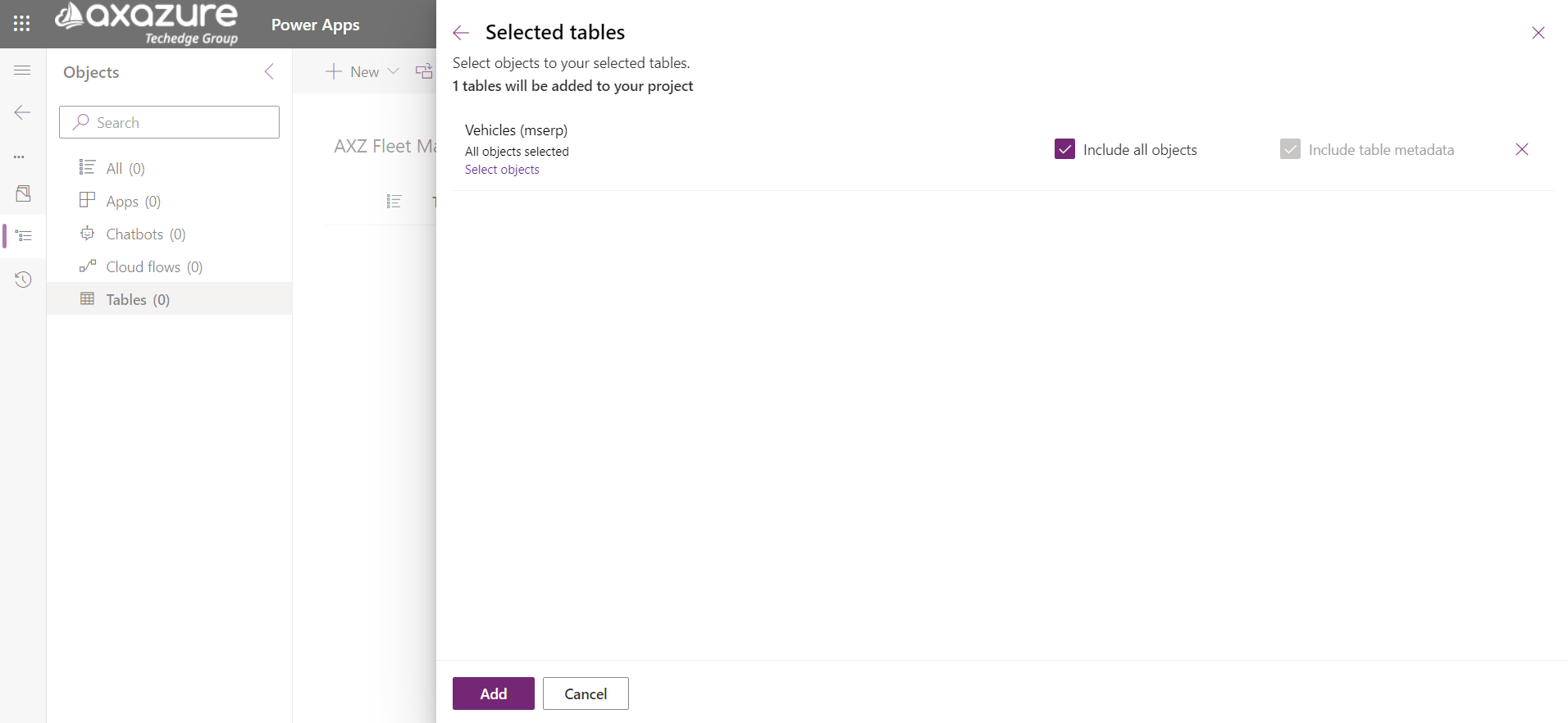
Once the import is finished, the table will appear in the solution.

And, the table is chosen as the source of the gallery information to display the data.
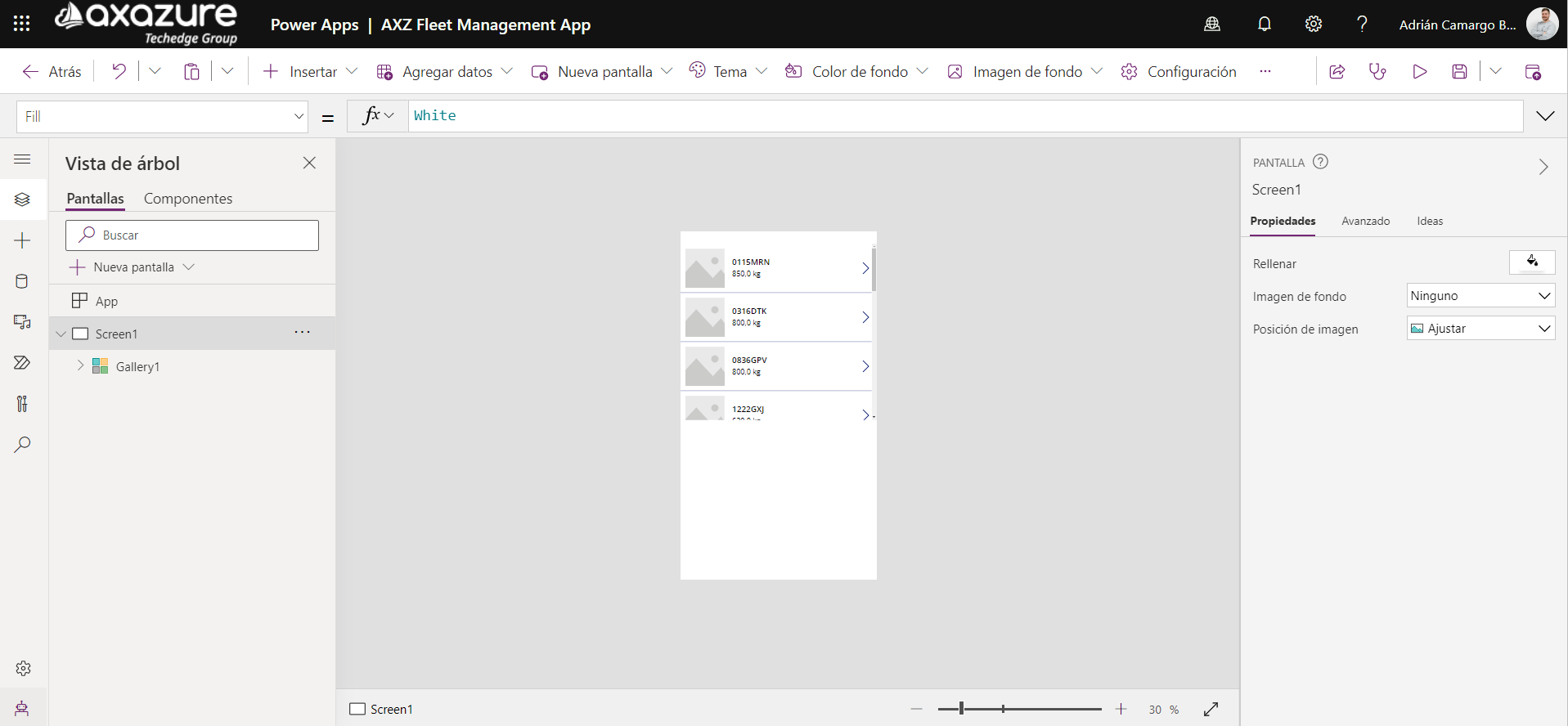
We made it up a bit… And we have a nice, simple fleet management Power App that consumes the data hosted in F&O. 😊
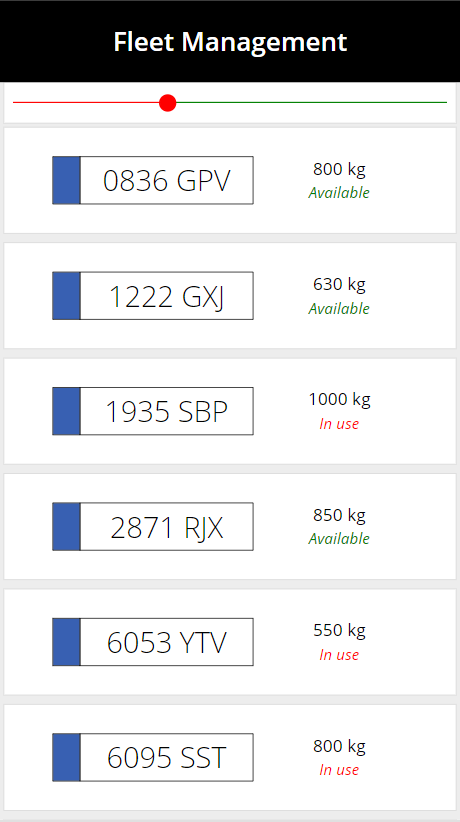
I hope you liked it and find it useful, see you next time!

